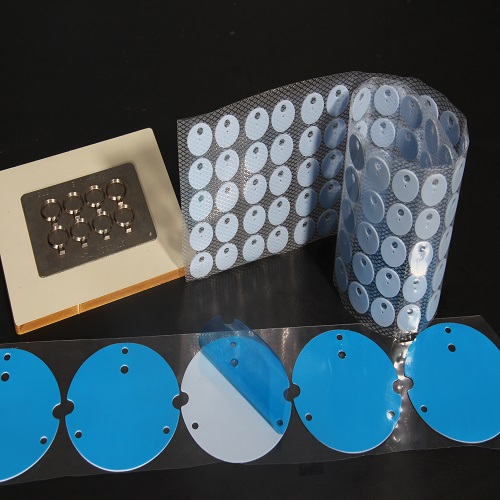
The function of the thermal interface material is to fill the gap between the heat sink and the heat source, remove the air in the interface gap, and reduce the contact thermal resistance between the two, so as to improve the heat conduction efficiency. Common computer hardware such as graphics cards and CPUs, although the radiator and the chip are closely connected, they still need to be filled with thermal conductive silicone grease to improve the heat dissipation effect.
Like the communication equipment under the current 5G technology, such as 5G mobile phones, 5G base stations, servers, relay stations, etc., they all need to use thermal interface materials with high thermal conductivity to meet the heat dissipation requirements of the equipment. At the same time, thermal interface materials with high thermal conductivity It is the main development trend of the industry. Except for some specific products that need to use some special thermal interface materials, most thermal interface materials are developing toward high thermal conductivity.

 English
English
 usheenthermal
usheenthermal



